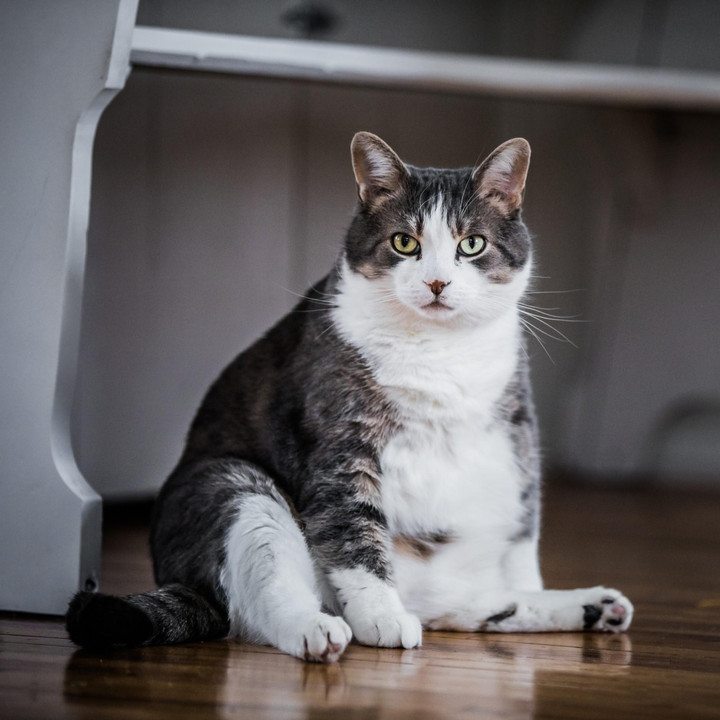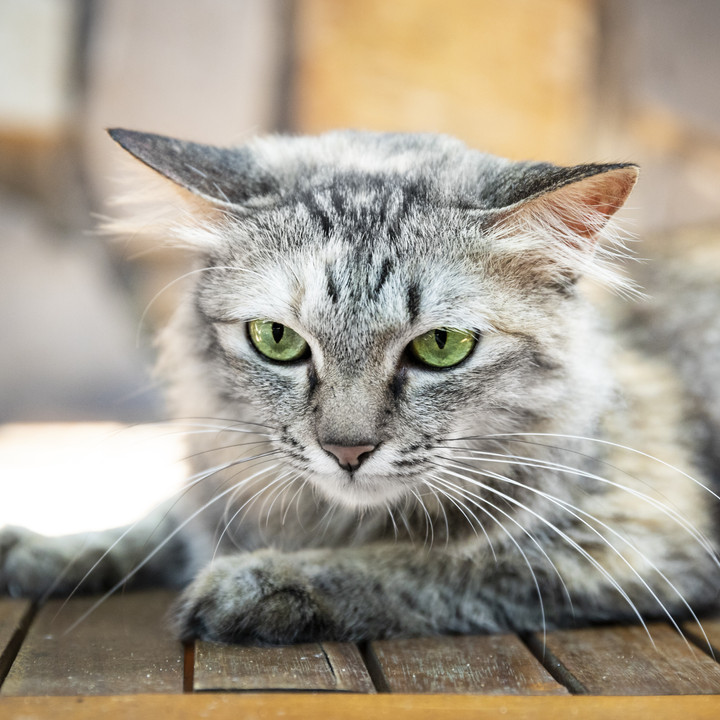
Cats as Pets
Interesting facts about our popular feline friends
Our house cat (Felis silvestris catus) belongs to the Felidae family, order Carnivora. They are descended from the African wild cat. For thousands of years, they served with the main function as rat and mouse hunters, but over time they become pets. Cats are now one of the most popular pets and their popularity is increasing:
After the pandemic pet boom, Australia's pet population is now estimated to be 28.7 million - with 6.9 million households having a pet today1. . Cats continue to be Australia’s second most popular pet, with a third of all households housing at least one feline friend (33%, up from 27% in 2019), totally to over 5.3 million pet cats.
Cats’ external looks
The look of cats varies depending on where they live and what influences (environment, temperature) they are exposed to.

The “classic” house cat

The average weight

Most house cats
Most common diseases
Cats living in the house can reach an age between 12 and 15 years if they are well cared for. Despite the best care, they are not protected from illnesses. The most common feline diseases observed are infectious diseases such as cat flu and toxoplasmosis. Other common diseases include kidney failure, diabetes, hyperthyroidism and viral diseases such as feline infectious peritonitis, feline leukemia, feline panleukopenia among others. The infestation with endo- and ectoparasites should not go unmentioned here.
Domestic cats in animal shelters
Many cats find short-term accommodation in animal shelters. There are a number of reasons why cats are in shelters. Owners can longer cope with the financial implications of owning a cat, moving or because a baby is coming. Other reasons include that the owner is hospitalized or passed away, or due to behaviour issues the cat shows.
Source

